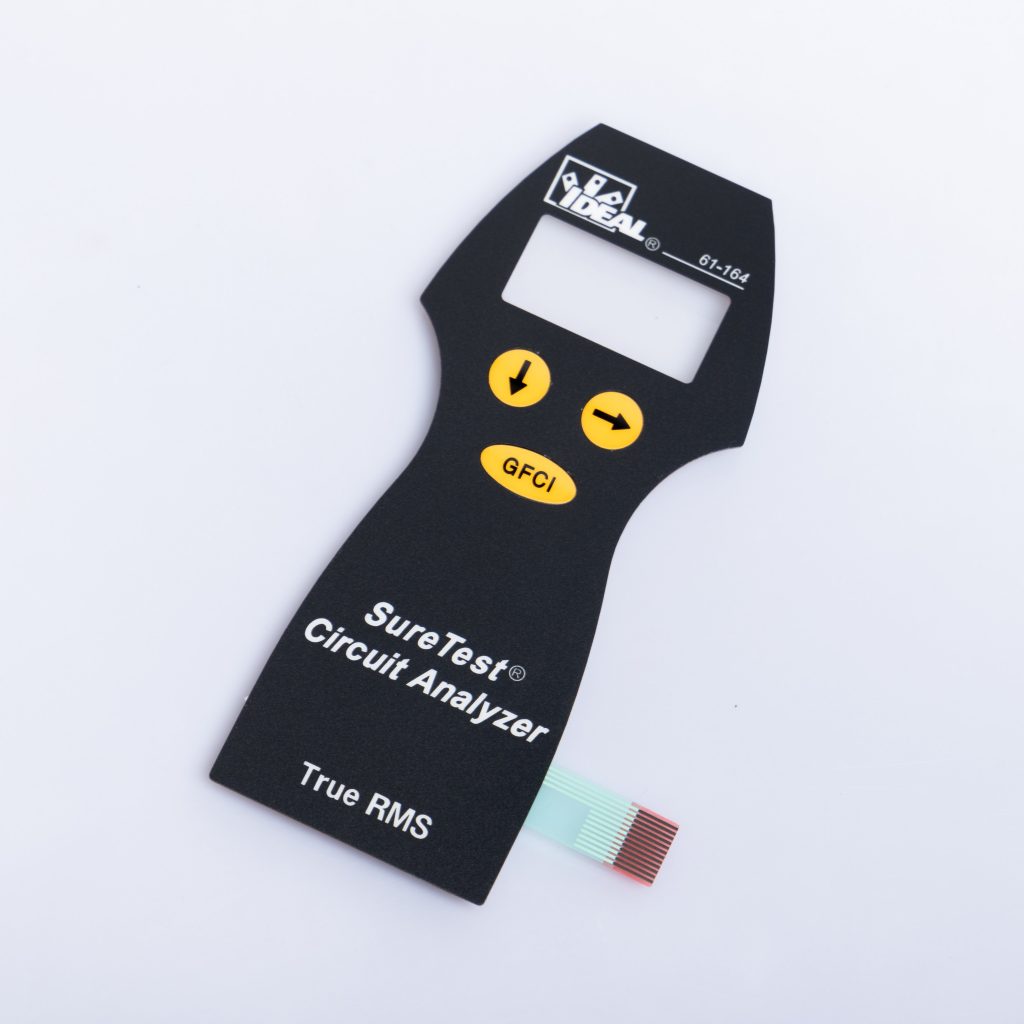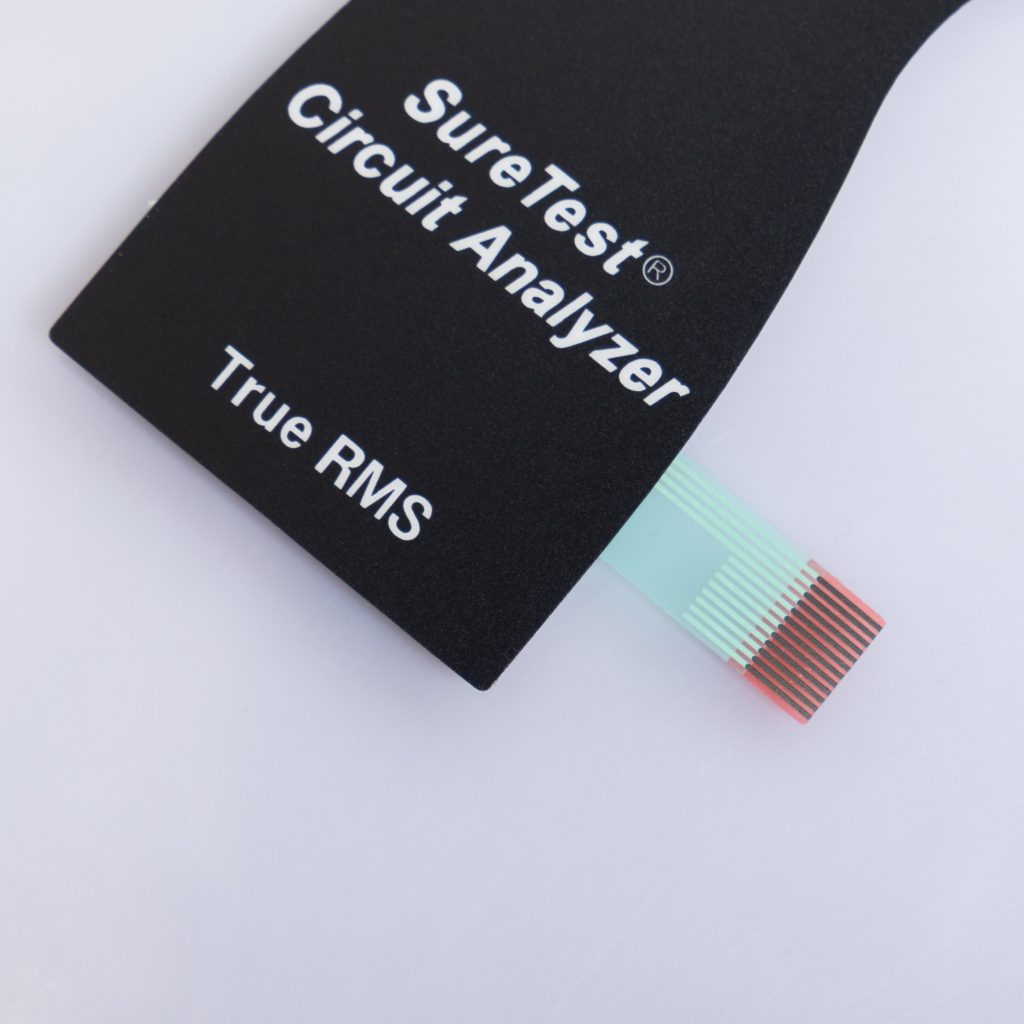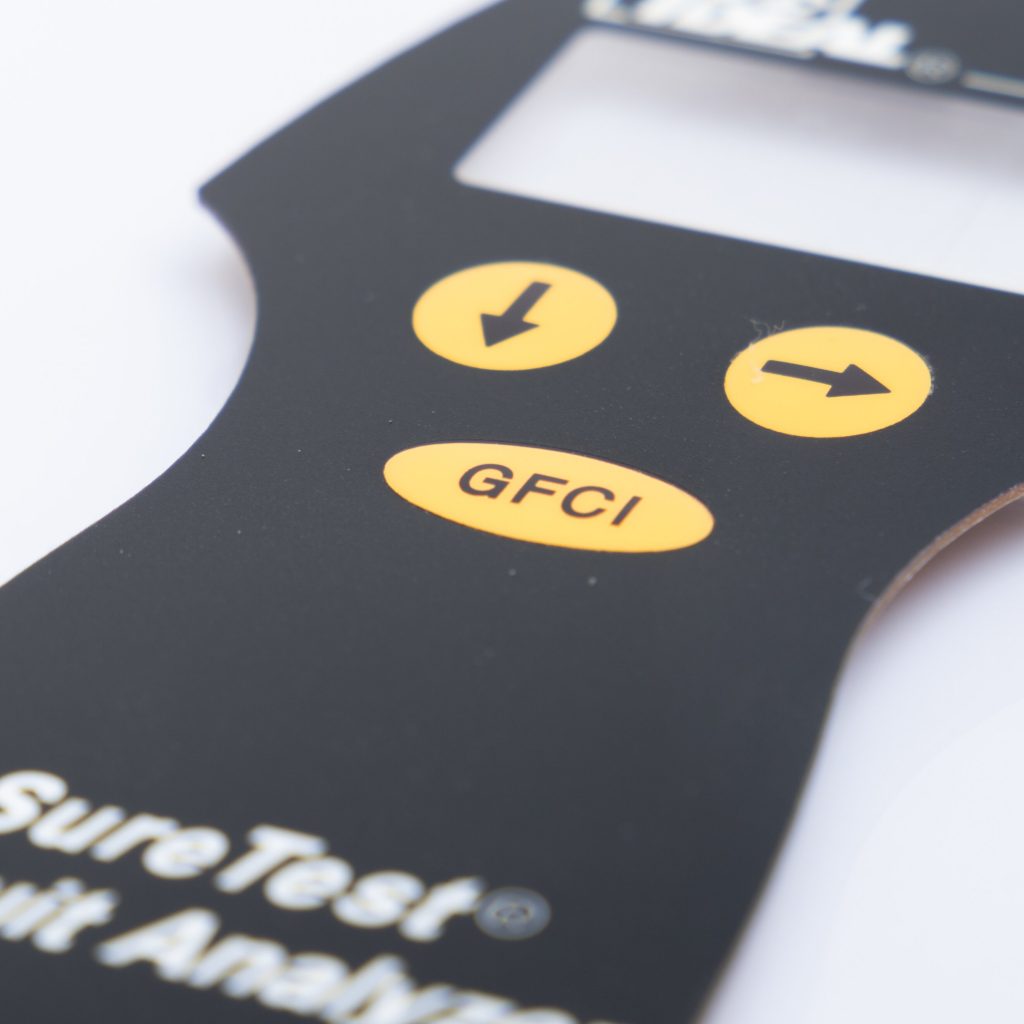Contact
Write to Us And We Would Be Happy to Advise You.
Do you have any questions, or would you like to speak directly with a representative?
By hqt
In the field of medical electronics, membrane switches have emerged as a vital component for various applications. These versatile and durable interfaces offer numerous advantages that make them highly suitable for medical devices. In this article, we will explore the seven key advantages of membrane switches for medical electronics. From their flexibility and ease of use to their reliability and customizability, membrane switches have revolutionized the healthcare industry. So, let’s dive in and discover why these switches are an essential component in medical electronics.



1. Flexibility and Ergonomics
One of the primary advantages of membrane switches in medical electronics is their flexibility and ergonomic design. Membrane switches are thin and lightweight, allowing for easy integration into various medical devices. Their low-profile construction ensures a sleek and compact user interface, making them ideal for portable medical devices and equipment. Moreover, the flexible nature of membrane switches enables curved or contoured designs, providing ergonomic comfort for healthcare professionals.
2. Sealed and Hygienic
In medical environments, cleanliness and hygiene are of utmost importance. Membrane switches offer a sealed and hygienic solution that prevents the ingress of dust, liquids, and other contaminants. With their seamless overlay and integrated design, membrane switches eliminate the need for physical buttons and crevices, minimizing the risk of dirt buildup and bacterial growth. This advantage not only ensures the longevity of medical devices but also facilitates easy cleaning and maintenance, promoting a sterile environment.
3. Enhanced Durability and Reliability
Medical devices often undergo frequent usage and demanding conditions. Membrane switches are designed to withstand such rigorous environments, offering enhanced durability and reliability. These switches are resistant to moisture, chemicals, and temperature variations, ensuring their optimal performance even in critical situations. With their robust construction and long lifespan, membrane switches contribute to the overall reliability of medical electronics, providing consistent and uninterrupted operation.
4. Customizability and Branding Opportunities
Membrane switches can be fully customized to meet specific design requirements and branding needs. They offer versatile options for graphic overlays, including different textures, colors, and finishes. This customization capability enables medical device manufacturers to incorporate their branding elements and create a unique user interface that reflects their brand identity. Additionally, membrane switches can incorporate backlighting features for enhanced visibility and user experience, further enhancing the branding opportunities.
5. User-Friendly Interface
Medical professionals rely on user-friendly interfaces to operate complex medical devices efficiently. Membrane switches offer a user-friendly interface with tactile feedback, allowing users to input commands accurately and intuitively. The raised or embossed buttons provide a tactile response, ensuring that users can feel the buttons under their fingertips. Moreover, membrane switches can incorporate symbols, icons, and text overlays to guide users through the device’s functionalities, simplifying the operation and reducing the learning curve.
6. Cost-Effective Solution
When it comes to medical electronics, cost-effectiveness is a crucial factor. Membrane switches offer a cost-effective solution compared to traditional mechanical switches or touchscreens. The manufacturing process of membrane switches involves fewer components, reducing production costs. Additionally, their low maintenance and long lifespan minimize the need for frequent replacements and repairs, further lowering the overall cost of ownership. Medical device manufacturers can benefit from the affordability of membrane switches without compromising on quality or performance.
7. Integration with Advanced Technologies
The advancements in medical electronics often involve the integration of advanced technologies such as touchscreens, haptic feedback, and proximity sensors. Membrane switches can seamlessly incorporatethese advanced technologies, providing a comprehensive user interface for medical devices. With the integration of touchscreens, users can interact with the device through intuitive gestures, enhancing the user experience. Haptic feedback technology can be integrated into membrane switches to provide tactile sensations, giving users a sense of touch and feedback. Additionally, proximity sensors can be incorporated into membrane switches, allowing for hands-free operation and proximity detection. These advancements enable medical devices to stay at the forefront of technology, providing innovative solutions for healthcare professionals.
1. Are membrane switches waterproof?
Yes, membrane switches are designed to be sealed and waterproof. Their integrated design eliminates physical buttons and crevices, preventing the ingress of liquids and contaminants. This feature makes them highly suitable for medical environments where cleanliness and hygiene are crucial.
2. Can membrane switches be backlit?
Yes, membrane switches can incorporate backlighting features. The graphic overlays can be designed to allow light to pass through, creating a visually appealing and illuminated user interface. Backlighting not only enhances the aesthetics but also improves visibility in low-light conditions.
3. Are membrane switches durable enough for frequent use?
Absolutely. Membrane switches are known for their durability and reliability. They are designed to withstand frequent usage and demanding environments. Their robust construction and resistance to moisture, chemicals, and temperature variations ensure optimal performance and longevity.
4. Can membrane switches be customized with specific designs?
Yes, membrane switches offer extensive customization options. Manufacturers can customize the graphic overlays with specific designs, including logos, symbols, icons, and text overlays. The versatility of membrane switches allows medical device manufacturers to create a unique user interface that aligns with their branding and design requirements.
5. Are membrane switches cost-effective compared to other options?
Yes, membrane switches are a cost-effective solution for medical electronics. Their manufacturing process involves fewer components, resulting in lower production costs. Moreover, their long lifespan and low maintenance requirements reduce the overall cost of ownership, making them an affordable choice for medical device manufacturers.
6. Can membrane switches integrate with touchscreens and other advanced technologies?
Certainly. Membrane switches can seamlessly integrate with touchscreens, haptic feedback technology, proximity sensors, and other advanced technologies. This integration allows medical devices to offer a comprehensive user interface and stay at the forefront of technological advancements.
Membrane switches have proven to be an invaluable component in medical electronics, offering numerous advantages for both medical device manufacturers and healthcare professionals. Their flexibility, sealed design, durability, customizability, user-friendly interface, cost-effectiveness, and integration with advanced technologies make them a preferred choice in the healthcare industry. By incorporating membrane switches into medical devices, manufacturers can enhance the user experience, improve efficiency, and ensure reliable operation. With their versatile capabilities, membrane switches continue to revolutionize the field of medical electronics.
Do you have any questions, or would you like to speak directly with a representative?